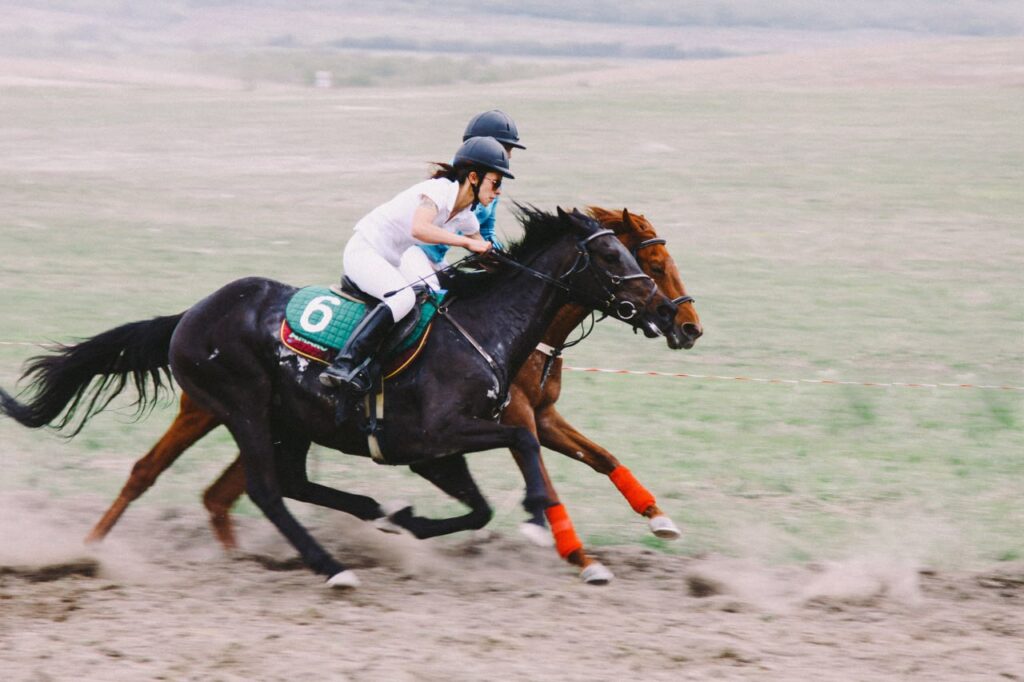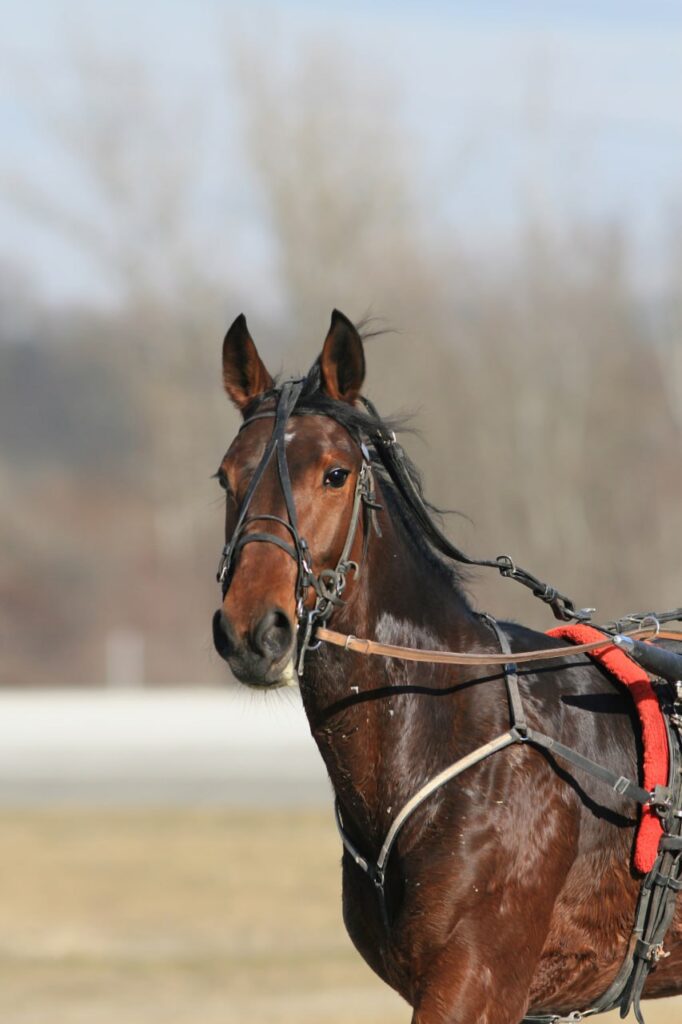Horse racing, an ancient and vibrant sport, spans continents and cultures, each adding its own traditions and innovations. From the sandy plains of North America to the lush turf of Europe, the sport of kings continues to captivate enthusiasts and spectators worldwide. Let’s delve into how different regions have shaped their racing landscapes.
North America
 Thoroughbred flat races in the U.S. are conducted on dirt, synthetic, or turf surfaces, with other breeds like Quarter Horses and Standardbreds also featured. Racing began in 1665 in New York, and today, it’s an industry worth $15 billion annually, with iconic races like the Kentucky Derby and the Breeders’ Cup drawing huge crowds and bets.
Thoroughbred flat races in the U.S. are conducted on dirt, synthetic, or turf surfaces, with other breeds like Quarter Horses and Standardbreds also featured. Racing began in 1665 in New York, and today, it’s an industry worth $15 billion annually, with iconic races like the Kentucky Derby and the Breeders’ Cup drawing huge crowds and bets.
- Diverse Racing Types: Accommodates Thoroughbred, Quarter Horse, and Standardbred racing.
- Historical Tracks: Features the oldest track at Pleasanton Fairgrounds and the largest at Belmont Park.
- Major Betting Events: Hosts the Kentucky Derby and the Breeders’ Cup, central to betting and viewership.
- Regulated Betting: Offers structured betting environments through state-regulated parimutuel gambling.
Canada is also worth mentioning
Known for producing the legendary Northern Dancer, Canadian horse racing thrives at Woodbine Racetrack in Toronto. The track hosts the Queen’s Plate and attracts international competitors with events like the Canadian International and Woodbine Mile.
Europe
 Historic races and courses underscore the epicenter of horse racing in Great Britain. From the Derby — part of the British Triple Crown — to the challenging Grand National, British racing offers a blend of flat and jump races steeped in tradition and continues to influence global equine sports. The British Horseracing Authority oversees these activities, maintaining the integrity and continuity of a sport deeply embedded in British culture.
Historic races and courses underscore the epicenter of horse racing in Great Britain. From the Derby — part of the British Triple Crown — to the challenging Grand National, British racing offers a blend of flat and jump races steeped in tradition and continues to influence global equine sports. The British Horseracing Authority oversees these activities, maintaining the integrity and continuity of a sport deeply embedded in British culture.
France is renowned for its rich horse racing tradition, with the prestigious Prix de l’Arc de Triomphe at Longchamp Racecourse being Europe’s richest race. French racing also features other major events like the Prix du Jockey Club and Prix de Diane, supported by premier courses such as Chantilly and Deauville. The jumps racing sector, though smaller, is highlighted by races at Auteuil, underscoring the country’s diverse racing disciplines.
Ireland
Ireland’s horse racing heritage is robust, particularly in jump racing. The sport enjoys widespread popularity and is supported by a strong breeding industry. Annual events like the Cheltenham Festival attract significant Irish participation and success, reflecting the quality of Irish-bred and trained horses.
Italy
Italy is a prominent horse-racing nation and has experienced significant achievements and challenges. The influence of Italian breeders like Federico Tesio was profound, although recent financial difficulties have impacted the sport’s status within the European racing scene.
A Timeless Sport Uniting Cultures
With its blend of history, tradition, and modernity, horse racing remains a significant global sport. From the dusty tracks of ancient times to today’s high-stakes, digitally enhanced races, the sport continues to evolve, bridging the old with the new and the local with the global. It celebrates the speed and agility of horses and the enduring human spirit that cherishes this timeless competition.
